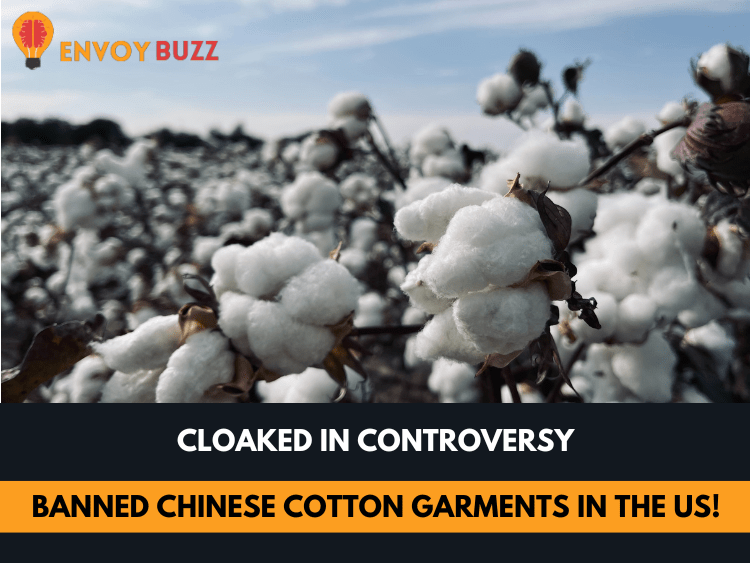In May, US Customs and Border Protection gathered footwear and clothes. About 27% of the tests on those goods found ties to cotton coming from China’s Xinjiang area. There are grave worries about the use of forced labour in Xinjiang, which has led to the ban on this particular cotton. These results highlight the challenges of following US legislation intended to stop the importation of cotton produced through forced labour in China, which mandates the exclusion of the far western region from textile supply chains.
The broad range of products involved and the relatively high percentage of positive test results highlight the significant difficulties in successfully enforcing this ban. 10 of the 37 clothes seized by Customs and Border Protection in May were determined to be “consistent” with Xinjiang cotton, as stated in the records, according to a Reuters report. As part of their enforcement activities, authorities have so far collected numerous batches of apparel and shoes on December 22, 2022, April 11, 2023, and May 23, 2023.
In June, Reuters told that “prioritizes action against the highest-risk goods based on current data and intelligence, compromise the success of our work and therefore U.S. economic and national security.”
A “Mickey T-shirt” made of cotton and polyester was one of the items gathered in May that was discovered to be consistent with Xinjiang cotton. The use of isotope testing by customs authorities has improved their capacity to uphold the law. By analysing the concentration of stable elements like carbon and hydrogen, both in the crop and the environment in which it was grown, specialists claim that they are able to pinpoint the origin of cotton using this cutting-edge method.
Significantly, much of the material in the documents including specifics on the brands of the tested clothes has been censored, which raises concerns about the situation’s transparency. The descriptions of the items gathered include a wide variety of clothing, including dresses, boxers, jeans, T-shirts, infant onesies, and boxers. All of these products contained cotton, sometimes in conjunction with other materials like spandex and rayon.
Human rights advocates vehemently maintain that the amount of cotton from Xinjiang entering the US should ideally be zero. As a result, any percentage above 0 should be considered a strong and obvious warning. Unfortunately, customs officials have not provided thorough information about the test results, leaving uncertainties over the standards used to choose the clothing for analysis.
Eric Choy said. “It’s not a silver bullet, Testing that’s done at the spinning level or the yarn level of the supply chain doesn’t necessarily represent the actual shipment.”
For more blogs visit Envoybuzz.

